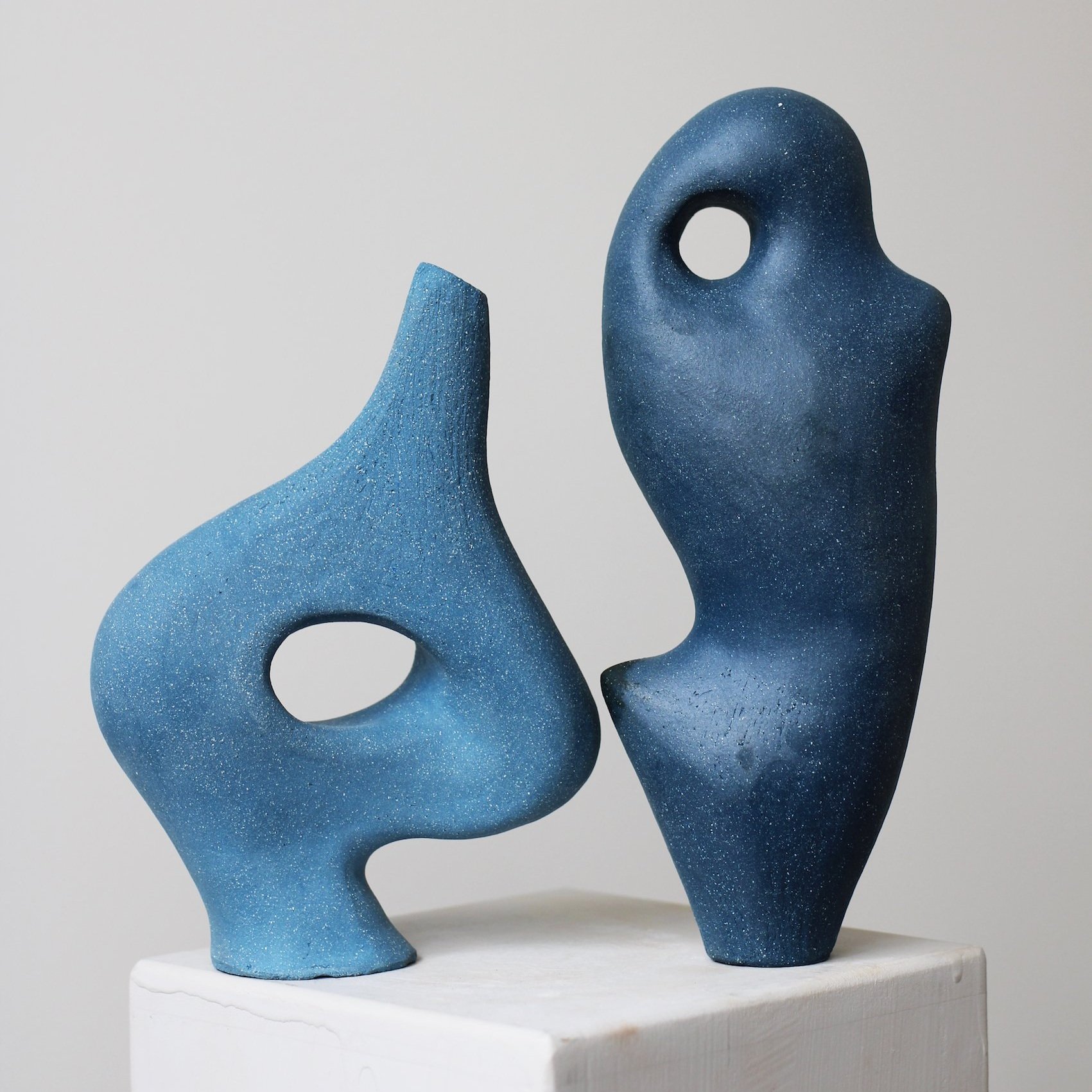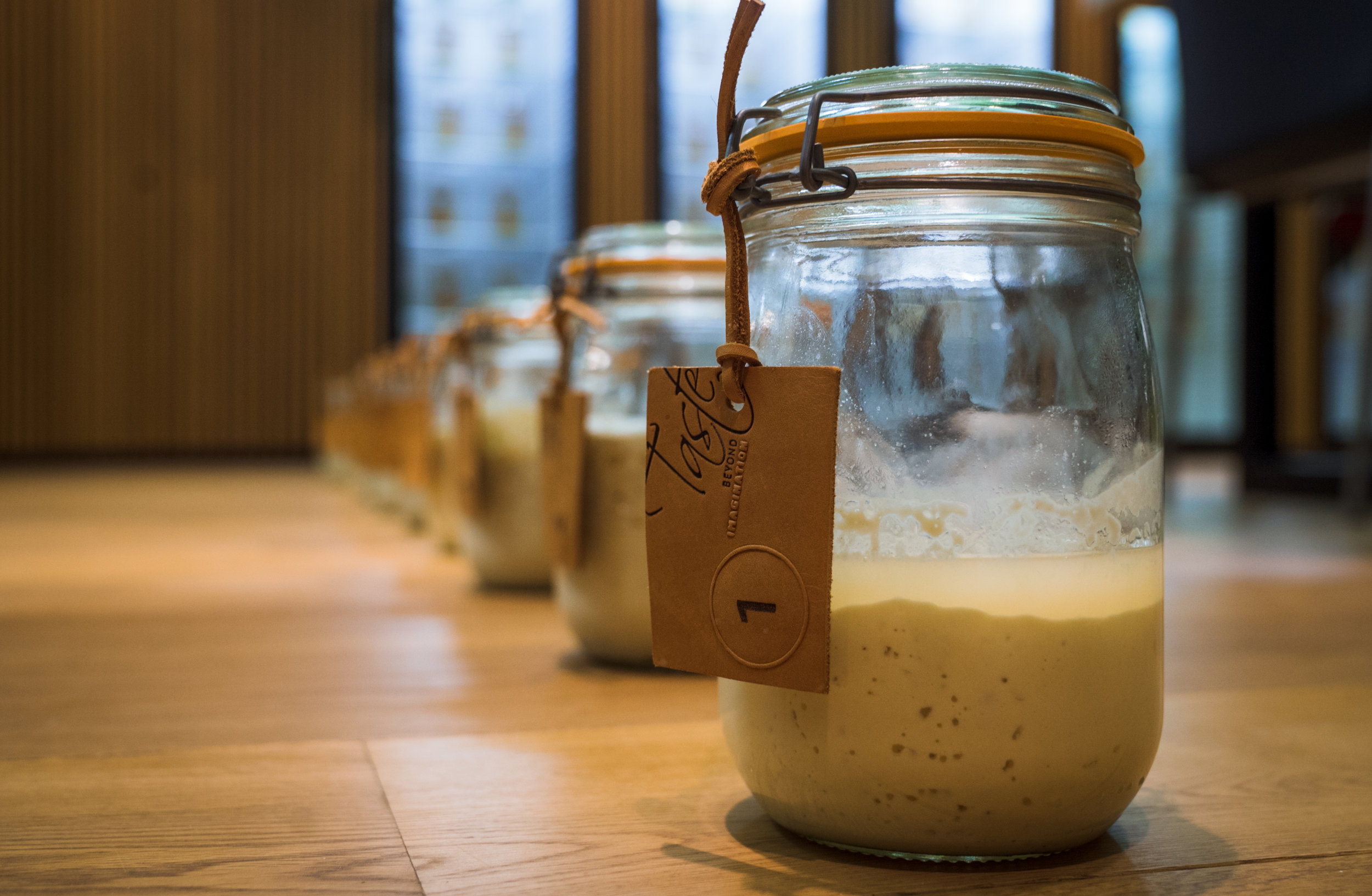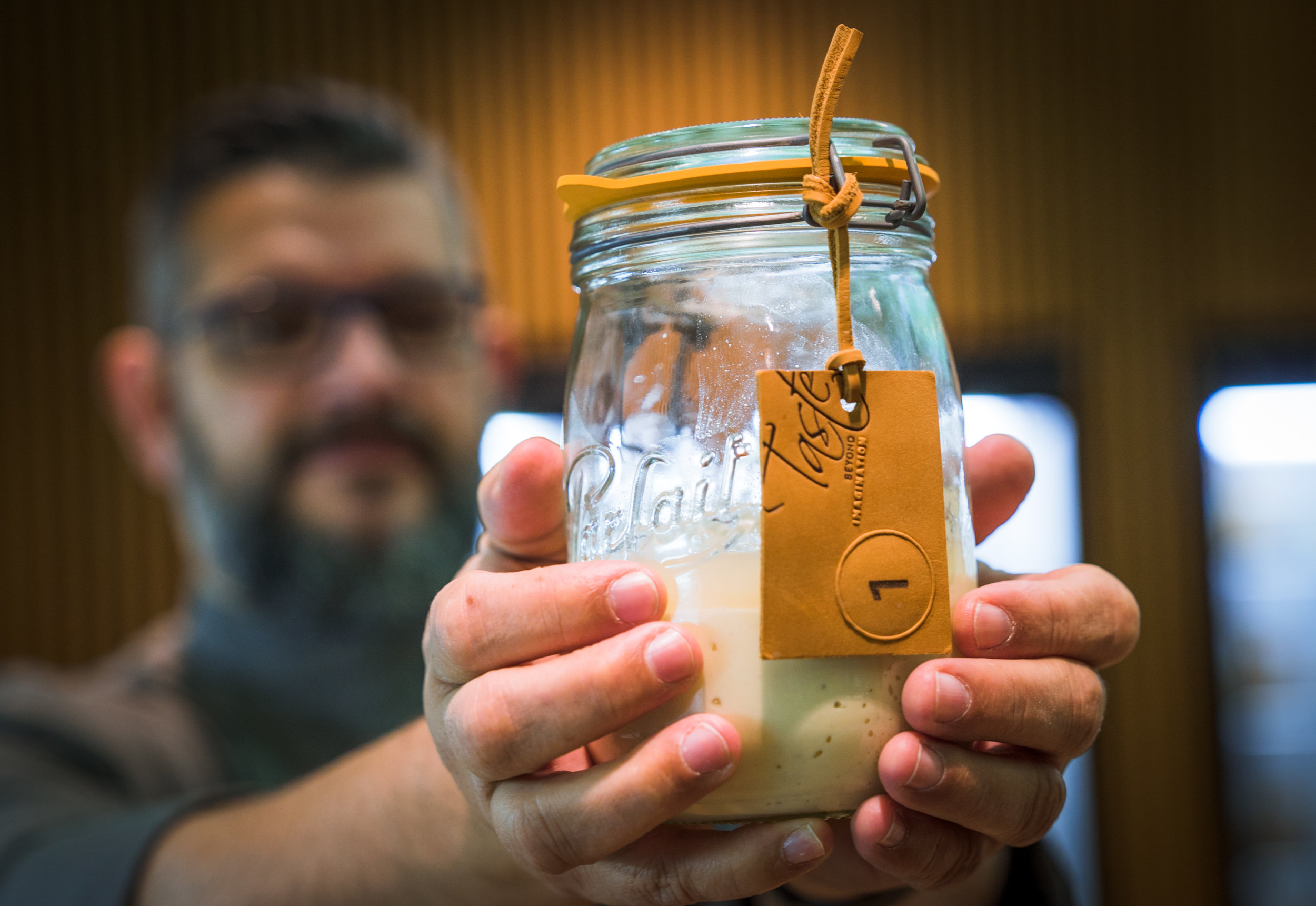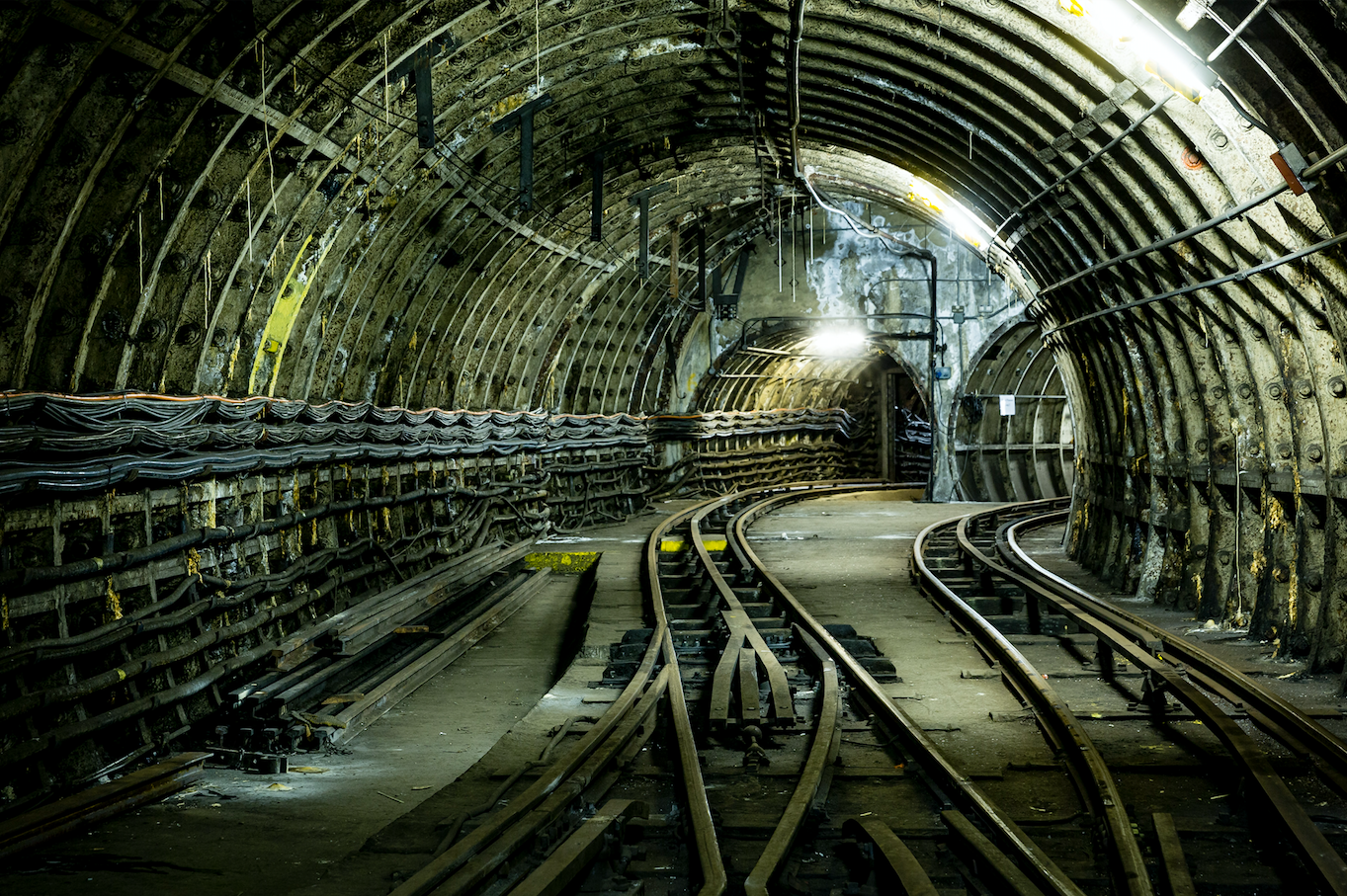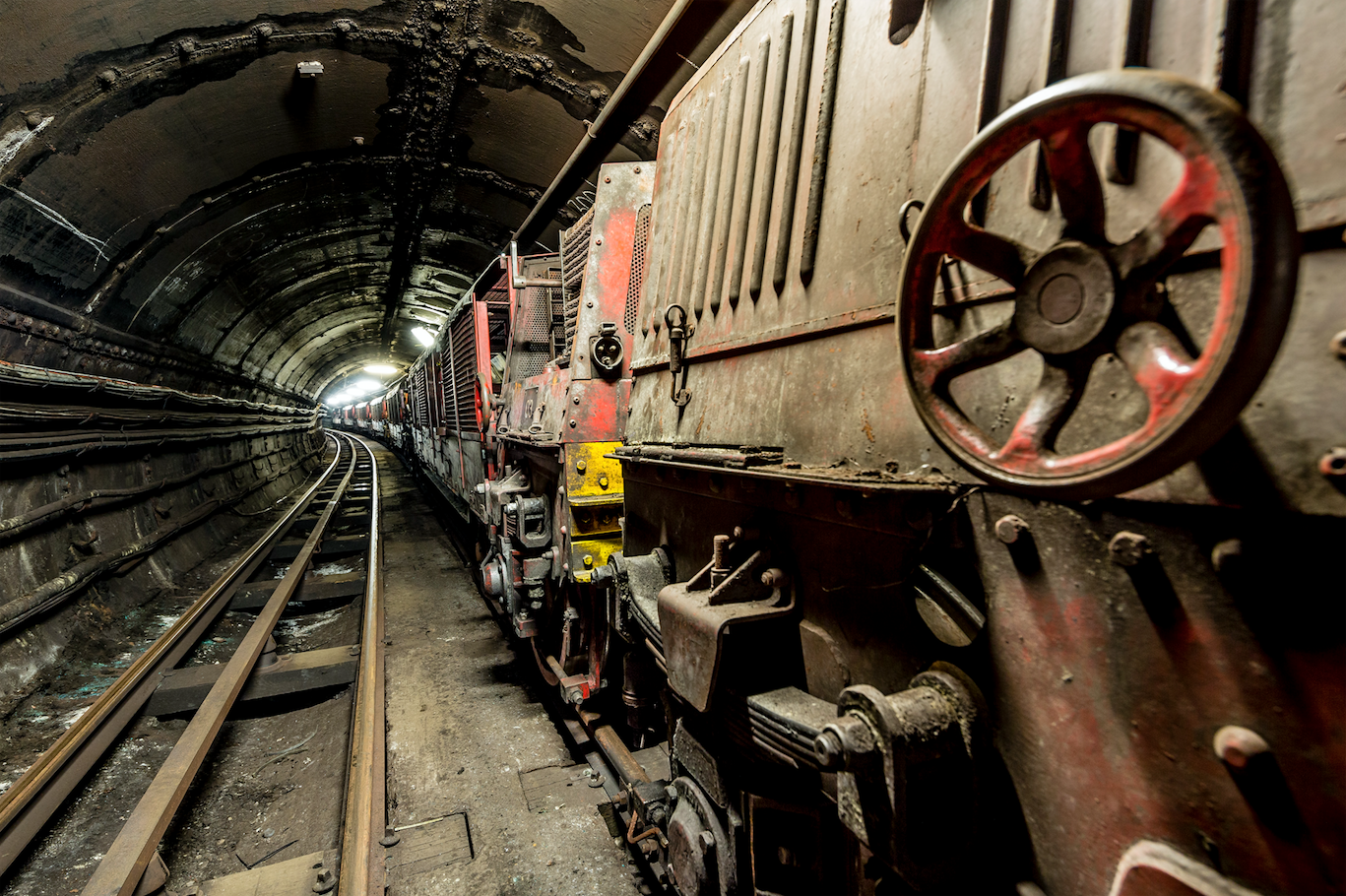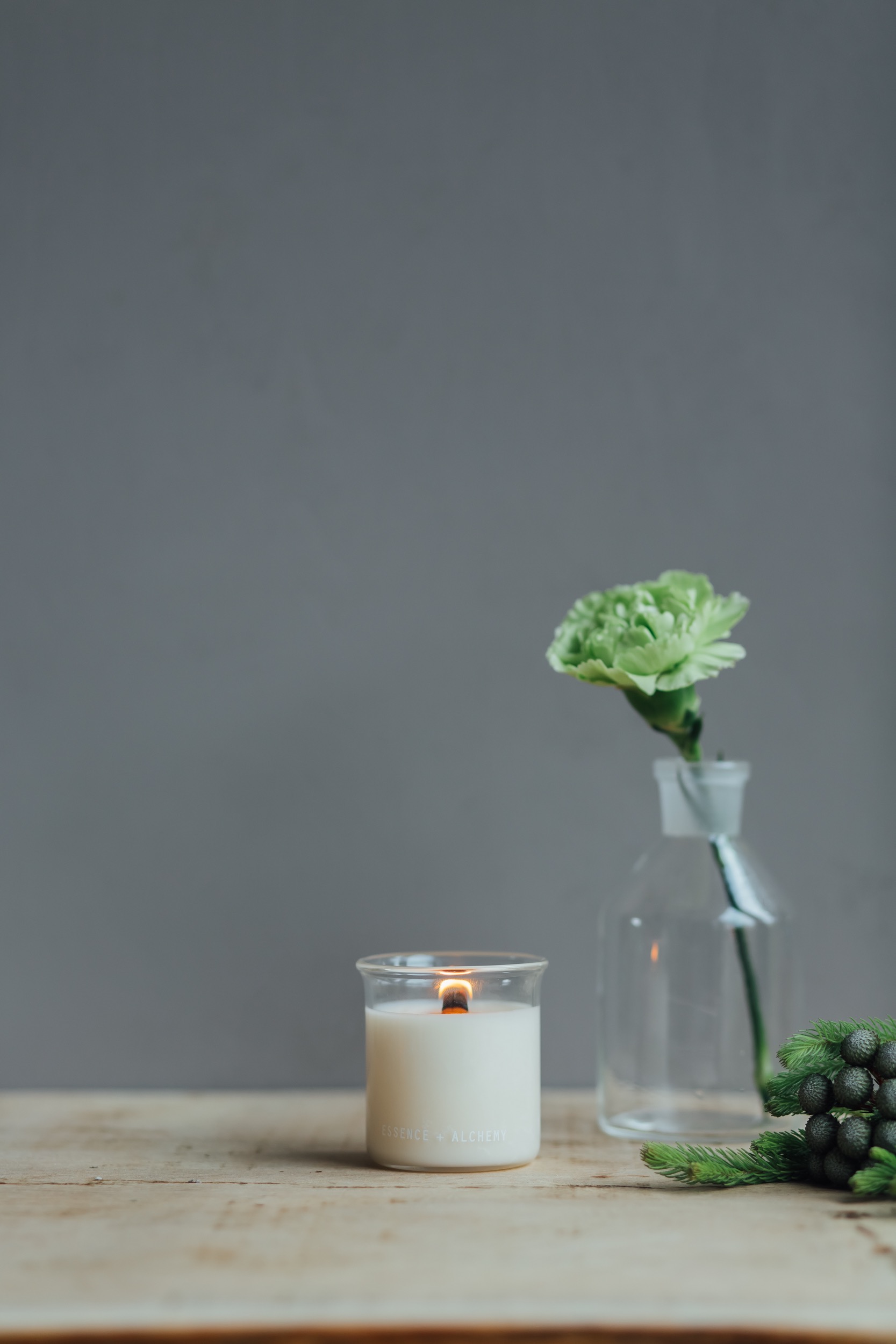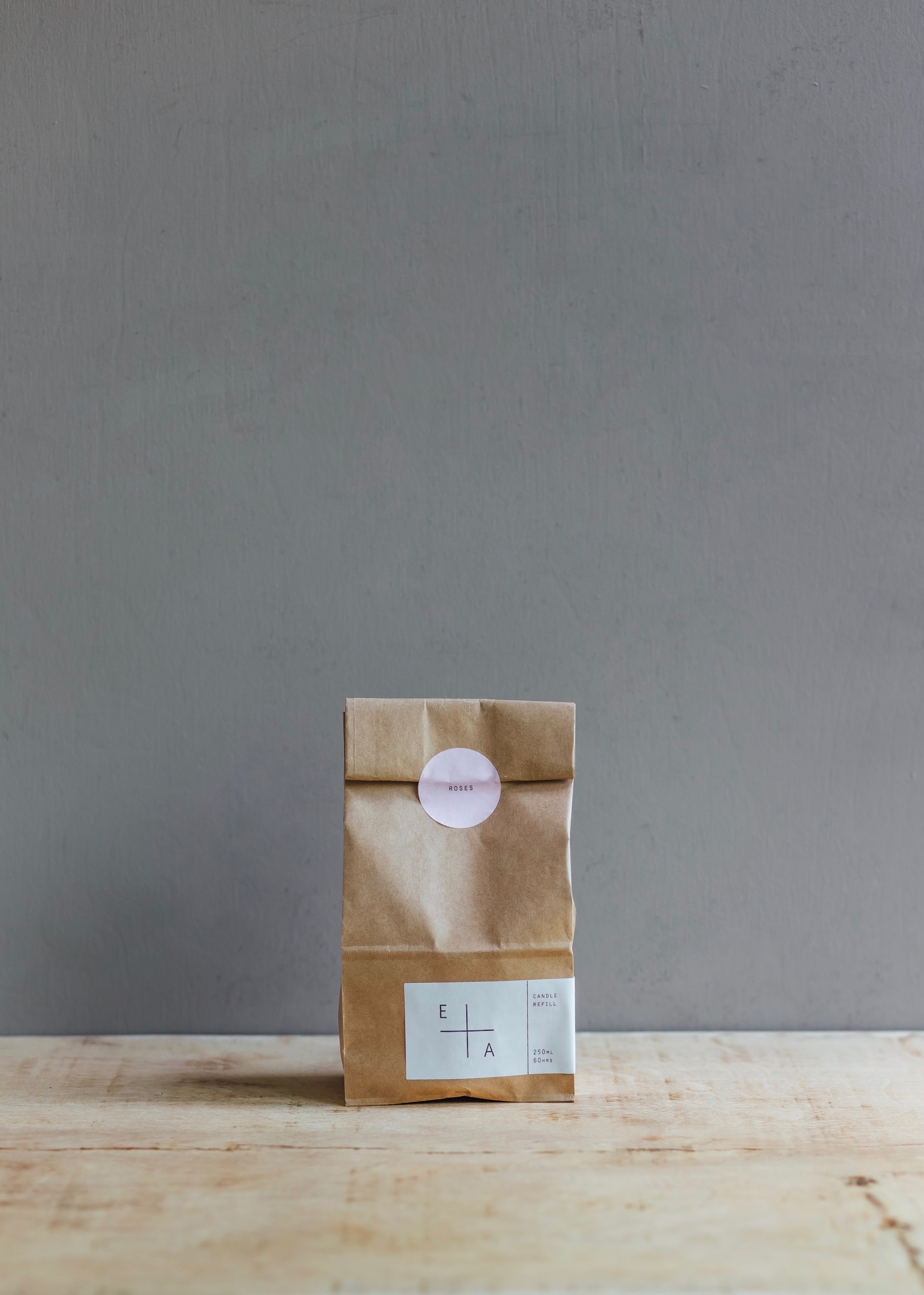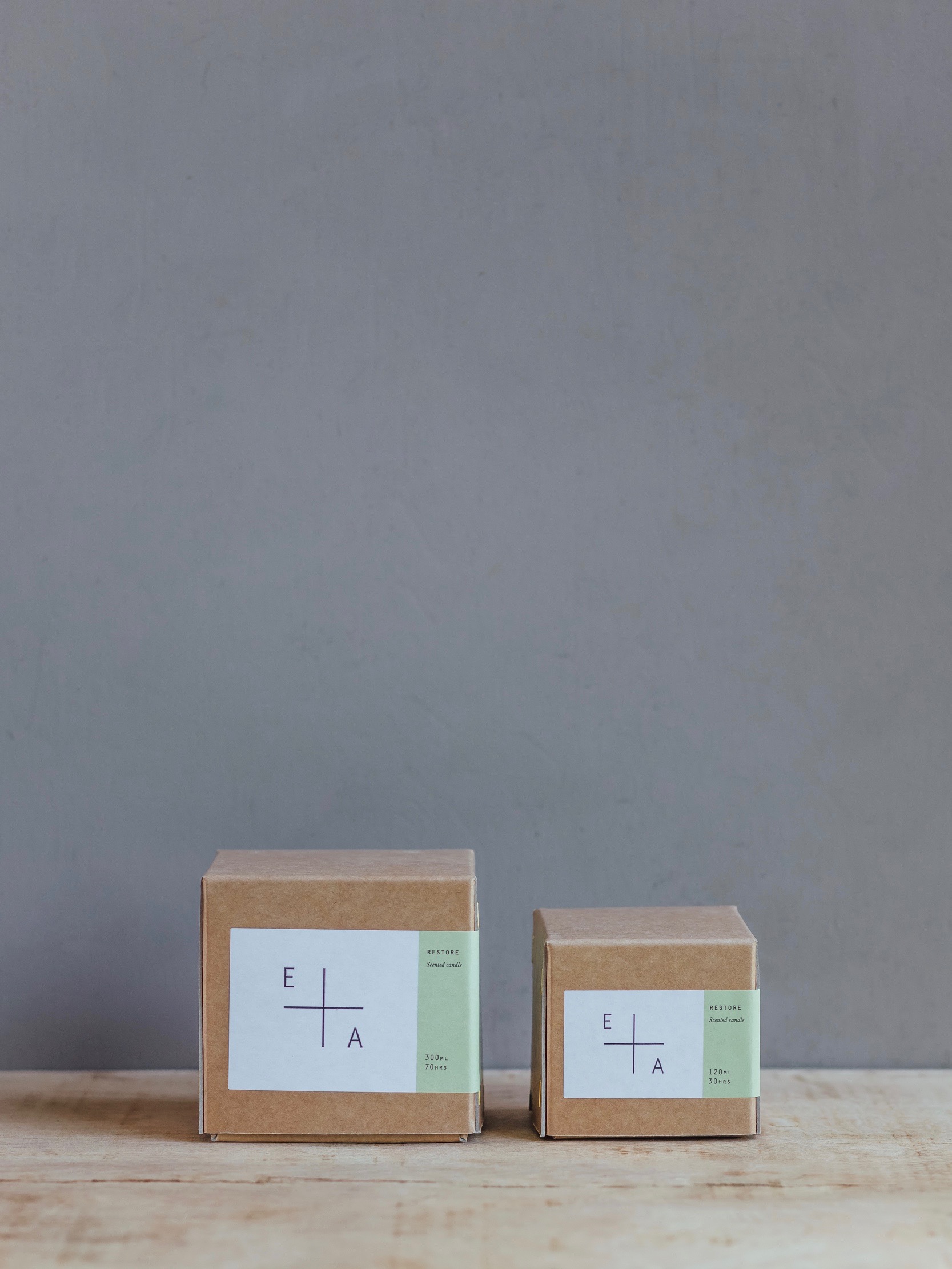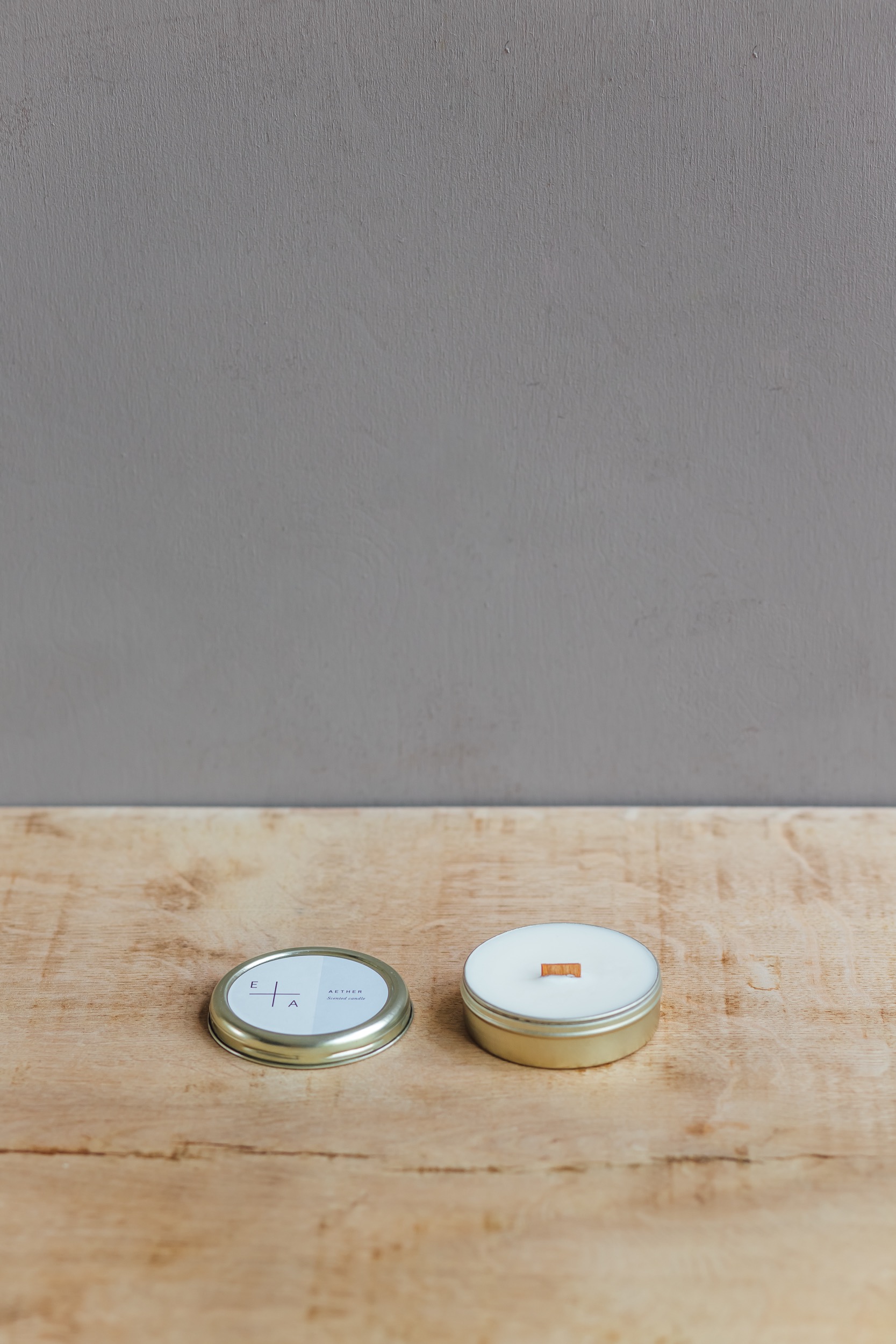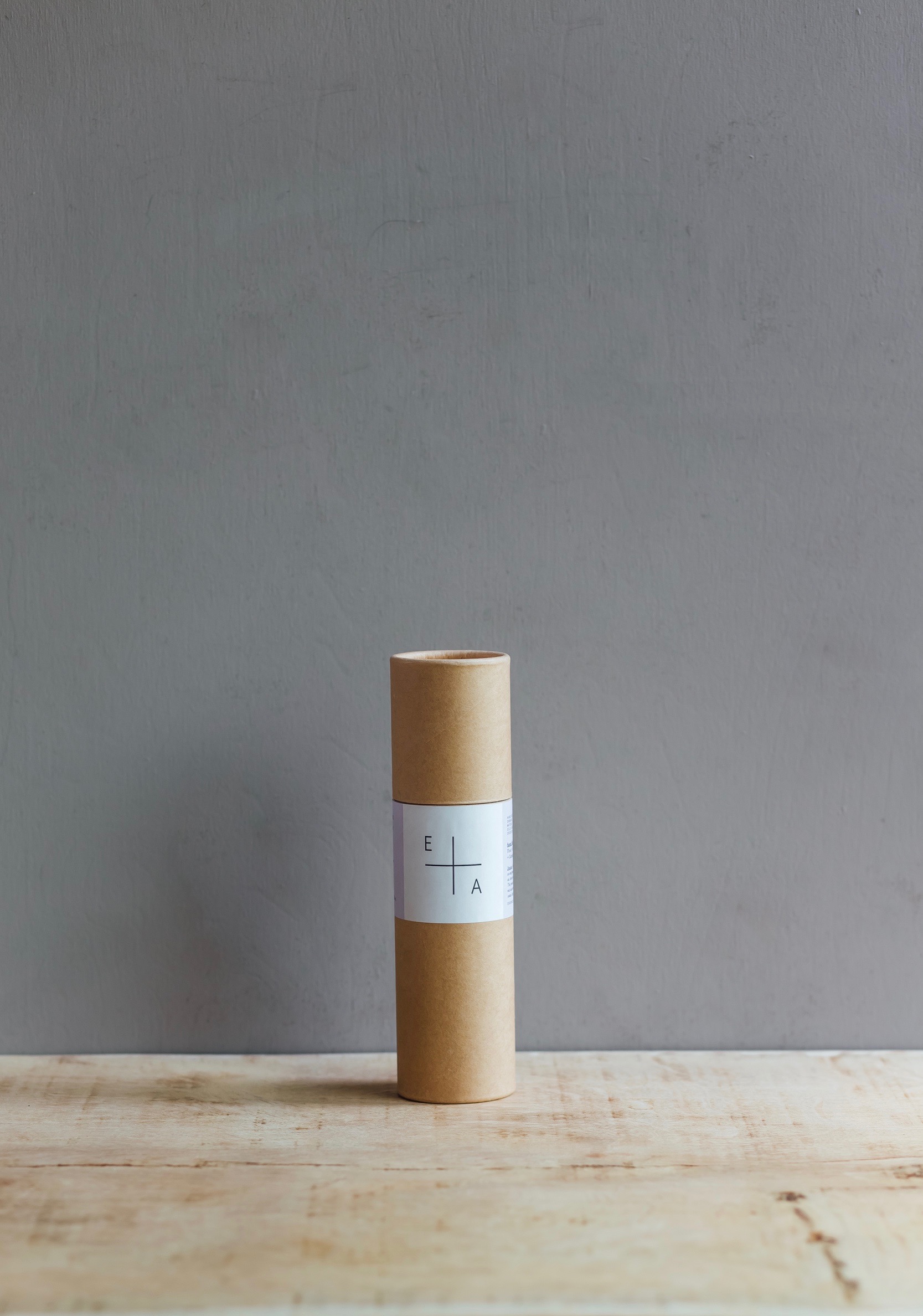While completing a PhD in molecular biology, Abid Javed was compelled to find a three-dimensional medium to communicate his research. Marrying molecular forms with Arabic script and geometry in his sculptures, Abid is bringing an unseen world into focus.
Images courtesy of Abid Javed
Abid, why did you choose ceramics and sculpture as a medium for communicating your work?
I wanted to initiate a dialogue, to create a connection between us and a biological world that is invisible to the naked eye. Sculpture was the obvious choice because of the shapes of the molecules I took as reference points, and the room for abstraction in sculpture design.
Can you tell us more about the nature of your studies in molecular biology? What were you researching?
For my PhD, I was looking at a molecular machine called the ribosome and how it is not only responsible for synthesising the basis of life (active proteins) but is also involved in folding proteins and giving them shape. This aspect of my research – looking at how proteins take shape – inspired the shapes and forms in my sculptures. I then went on to look at how viruses replicate their genome during their multiplication cycle. This introduced me to a whole new world of DNA and viruses, which triggered me to develop my current collection – Pleomorphs. I’m still actively involved in this research, which continues to inform my artwork.
Do you think there should be more of a multidisciplinary approach (such as the bridging of science and art, in your case) in the way we problem-solve and understand the world?
Yes. From my own experience, it shows that there can be a beneficial crossover between different disciplines. It just needs some guidance and development to make that bridge. During my research, I learned the benefits of multidisciplinary research early on, having to work with different methods and finding a way to integrate them. Also, a scientific mindset in design helps to understand the basis of materials and the processes that lead to the final object.
What do you love about working with clay?
The fact that it’s malleable. Also, that each clay body has its own character; it’s own way of working with it. That’s what I’ve come to love – mixing different materials and figuring out the best use for it when designing pieces. I also love the raw surface textures of the pieces after they’ve been fired.
How have the past 18 months or so changed your everyday rituals and rhythms?
My daily rhythm has definitely slowed down, which has allowed me to connect more with myself and my surroundings. Before the pandemic, I had a very busy working schedule, constantly commuting within the city and struggling to balance different aspects of my life. The lockdowns made life a little slower and a little more conscious for me. The benefits of this I can see in my day-to-day lowered stress levels, and I’m managing my time better. I’m not saying I don’t miss grabbing that morning flat white and heading to the office, but it’s a welcome change to move away from that ritual.
What is the next phase of your work?
I am currently developing my next phase entering the furniture design field. The idea is to explore and combine my sculptural forms and natural materials, and design objects in a way that would introduce the molecular world into living spaces. This would stem from my existing sculptural designs as well as building on some new work.
Aside from molecular biology, what inspires you?
My own cultural heritage, exploring Islamic arts and my Chinese cultural roots. I also find Japanese sensibilities quite attractive, being conscious of the natural world. And of course 20th-century art and design was a a sheer explosion of creativity I’m very inspired by.
Tell us about your studio/work space, how does it reflect you?
I’m currently in a shared studio space, where I have my own little corner. I’m not the most organised and neat person as I like to see my tools and references in front of me, but I do find getting organised before starting each piece afresh helps.
What's on your bedside table?
One of my sculptures, a paper lamp and some art and photographic monograph books to flick through.

